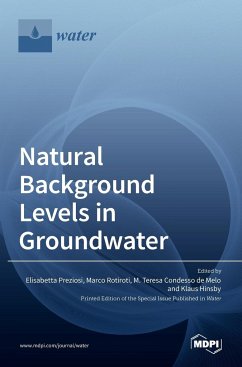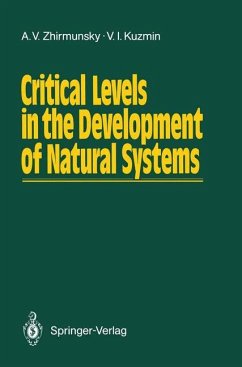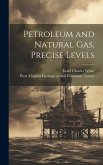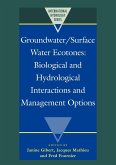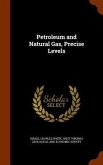The need for establishing a formal limit between the concentration of potentially toxic inorganic compounds in groundwater due to natural processes or to anthropogenic pollution has prompted researchers to develop methods to derive this boundary and define the "Natural Background Level" (NBL). NBLs can be used as screening levels to define the good chemical status of groundwater bodies, as well as to fix the remediation target in polluted sites. The book "Natural Background Levels in Groundwater" brings together a set of case studies across Europe and worldwide where the assessments and identification of this boundary are performed with different methodologies. It provides an overview of the approaches and protocols applied and tested in different states for NBL assessment, ranging from well-known methods, such as component separation or cumulative probability plot methods, to new computer-aided protocols. The main objective of this book is to bring together and discuss different methodological approaches and tools to improve the assessment of groundwater NBLs. The overview, discussion and comparison of different approaches and case histories for NBL calculation can be useful for scientists, water managers and practitioners.

